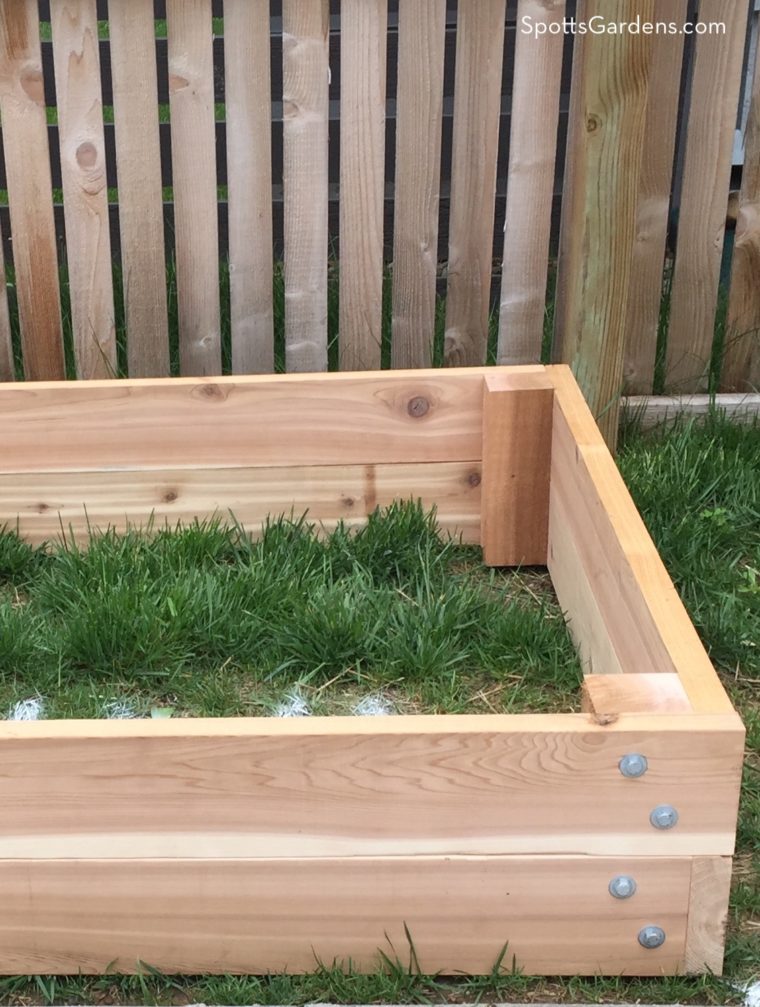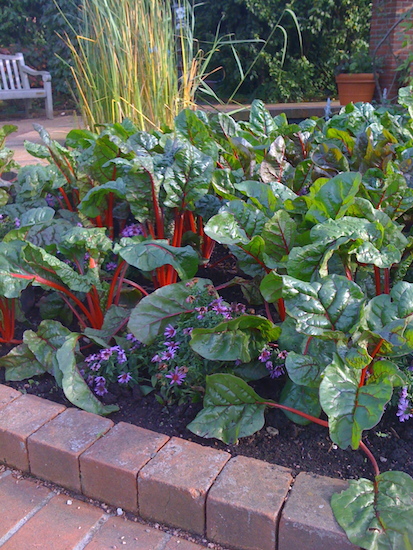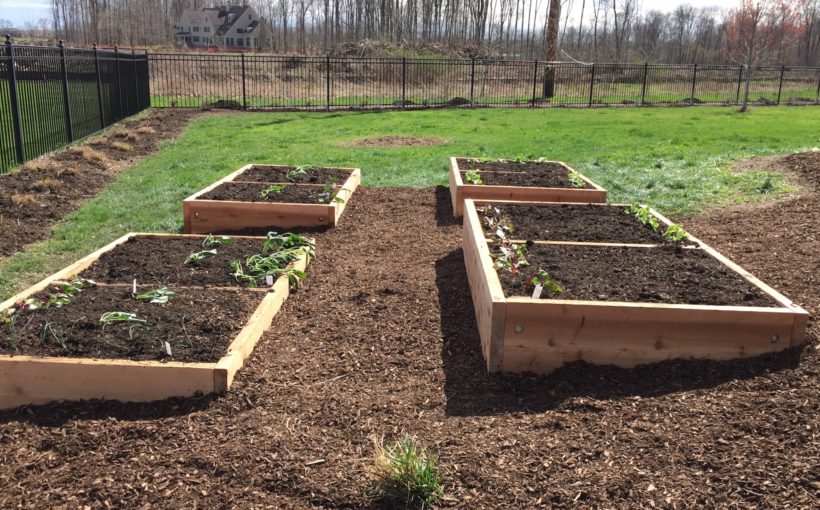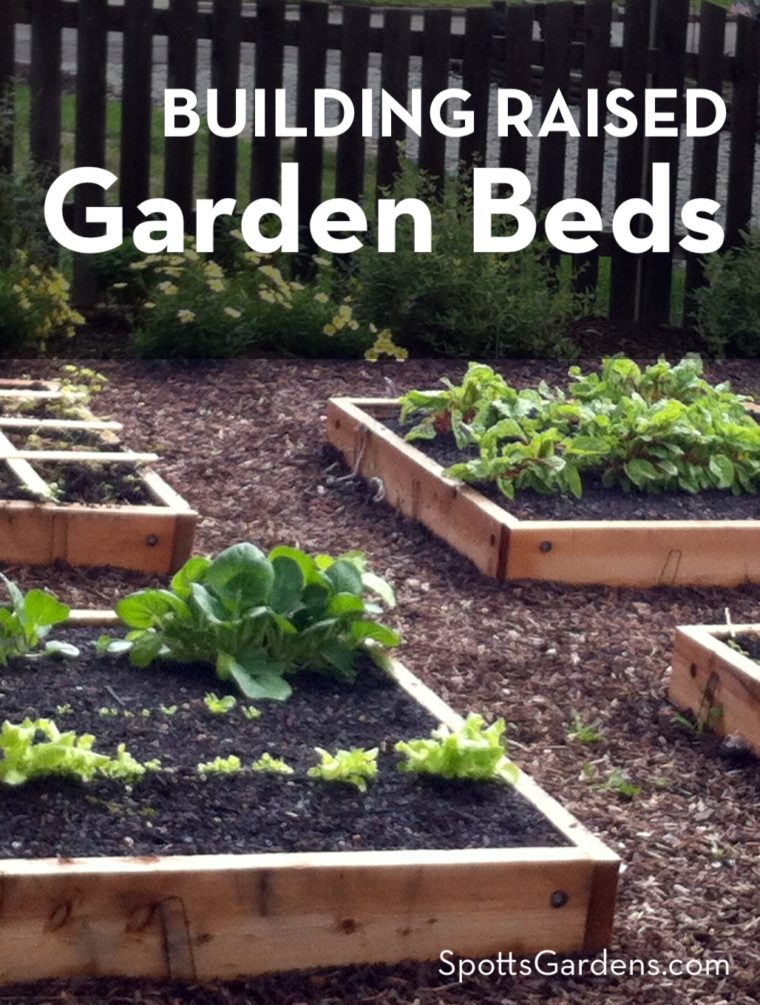Raised beds are a great way to grow food in a limited space. We’ll walk you through how we build ours. If you’d rather buy one (in central Indiana) contact us; we and our partners at Agrarian will help you create a custom solution!
(Not sure a raised bed is right for you? Check out When to Choose A Raised Bed Garden.)
Sizing Your Bed
The benefits of gardening in a raised bed come from the fact that the soil isn’t compacted. So when you plan a raised bed, make sure the dimensions are small enough that you’ll never be tempted to walk across the bed.
You should be able to reach the middle of the bed from the walkways on either side. For most people, that means that your bed should be no wider than 4′. If you’re particularly short or are building a bed that kids will help garden, consider making your bed 3′ wide. And if your bed is against a wall or fence, stick with 2.5′ wide or less.
If you’re building your beds from wood, any bed longer than 4′ will eventually start bowing at the side. For a long bed, either drive stakes in halfway down the outside of the bed or put in a crossbeam to tie the long sides together.

Building a Raised Bed from Lumber
Most raised beds are constructed from lumber. Pine and other framing lumber will last about 4 to 5 years, while more expensive cedar will hang together for 8 to 10 years. Don’t use redwood, which is an endangered species.
You can paint the outside of your bed or seal it to help it last longer, but don’t put any coating on the sides that will be in contact with the soil.
Pressure treated lumber (ACQ) is also supposed to be safe for raised beds. But since it’s treated with copper and fungicide, we prefer to avoid it. Railroad ties are an absolute no-go, as they contain creosote.
Use lumber that’s at least 2″ thick. Many beds are built of 2x6s, because a 6″ deep bed will grow nearly anything except carrots and parsnips. At Spotts, we use 2x8s because we like that extra depth.
The easiest way to make a raised bed is just to screw some 2x6s together to make a square. Predrill three screw holes in the end of each board, then use coarse thread desk screws to screw through the holes and into the next piece of lumber.
For a sturdier, longer-lasting bed, Spotts Garden Service makes our beds out of 2×8 cedar lumber. We cut four lengths of 4×4 post that are the same height as the 2x8s. To assemble the bed, we pre-drill holes in both ends of each board, then bolt the boards to the 4×4 posts using lag bolts with washers. To make a deeper bed, we cut the corner posts longer, then use multiple boards for each side.

Building Raised Beds from Other Materials
Other options include building raised beds of brick, stone, or recycled plastic lumber. You can also use concrete blocks. If you go this route, place the blocks so the holes face up, then fill the holes with soil. Those compartments will dry out fairly quickly, making them an excellent place to plant herbs.
Large troughs can also be converted to raised beds, sort of a container-garden-on-steroids. If you choose to do this, be sure to drill holes in your water tank or trough.
Once You Have Your Bed
Check out these other resources on filling it and growing in it!

